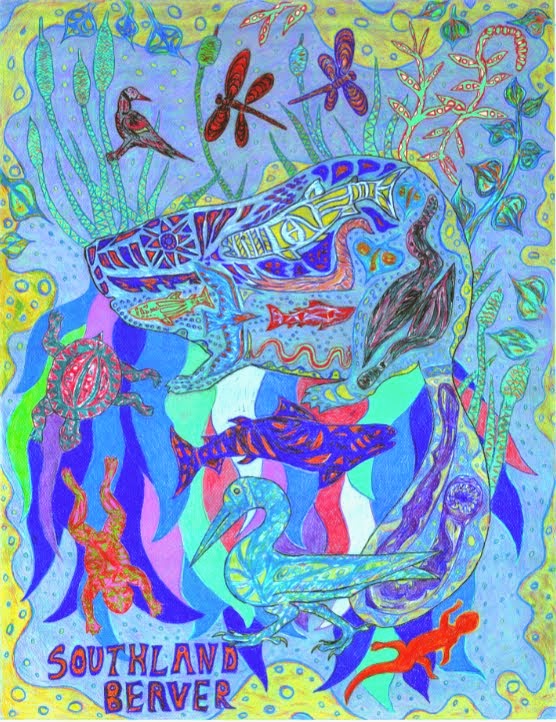So I want to poke a little fun at California's archaic beaver policy - one in which it is illegal for wildlife management and private citizenry to relocate beaver into needed watersheds and/or relocate problem beavers. Which basically equates to nuisance beavers typically being "disappeared" as quietly as possible because people do not want to make the effort to coexist.
Now I had always heard about Mongolia having beaver- yeah that Mongolia of the Khans, the steppe, and the Gobi desert. Despite our image of dry desert plains Mongolia has a variety of habitats and in areas is wooded with actual running rivers. And in several of the rivers still reside Eurasian beaver (Castor fiber) or sometimes referred to as the Sino-Mongolia beaver and given subspecies designation (Castor fiber birulai) - although a true subspecies designation is unlikely.
It turns out China maintains the Bulgan Beaver Nature Preserve near the border with Mongolia and which has a couple of hundred beaver. The Ulungur watershed, in China and Mongolia, of which the Beaver preserve is a part of is a little known area but due to its isolation has served as bit of a refuge for Eurasian beaver while most of the rest of the continent has lost its beaver.
But what got a little media attention in 2012 was the good news that Mongolia was set to reestablish beavers gifted from Germany and Russia on the third largest river in the country - the river Tuul. This river, which flows through and nourishes the capital and largest city Ulaanbataar, has as of late been plagued with diminishing flows and pollution. Reintroduction of beaver in this watershed, so it is hoped, can attenuate diminishing flows and bolster the sagging wetlands along the river which were in the past reportedly some of the most picturesque in central Asia.
The French missionary Jean-Francois Gerbillon, who traveled many times through Mongolia, gave a description of the Tuul river in his Journal entry dated August 3, 1698:
 |
| Tuul River, Mongolia. public domain. |
One wonders how much beaver played a role in the once stunning and fertile river valley of the Tuul and if they can do it again. The Khan would be pleased.
As I looked into this beaver reintroduction campaign I noted that Mongolia first announced their plans in 2012 and from what I gather were set for the long haul in terms of instigating a robust reintroduction campaign. But that was a couple of years ago and I have not heard anything as of late with regards to reintroduction happening. Anybody hear anything from Mongolia???
It should be interesting to watch how beaver reintroduction in Mongolia plays out. While Mongolia's neighbors of China and Russia get all the attention, Mongolia has quietly been growing economically and culturally. Mineral wealth has stimulated the economy and the push pull of traditional culture/western influence is playing out as we speak in a population primarily under the age of 30.
Water will no doubt play a crucial role in the future of this growing country.
 |
| Credit Marika Dee. Women pose at River Beach, popular spot for young people on bank of Tuul River outside Ulaanbataar. Insert hackneyed beaver pun.
Support me on Patreon.
Like antediluvian salad on facebook.
Watch me on Deviantart @NashD1.Subscribe to my youtube channel Duane Nash.
My other blog antediluviansalad.blogspot
|


